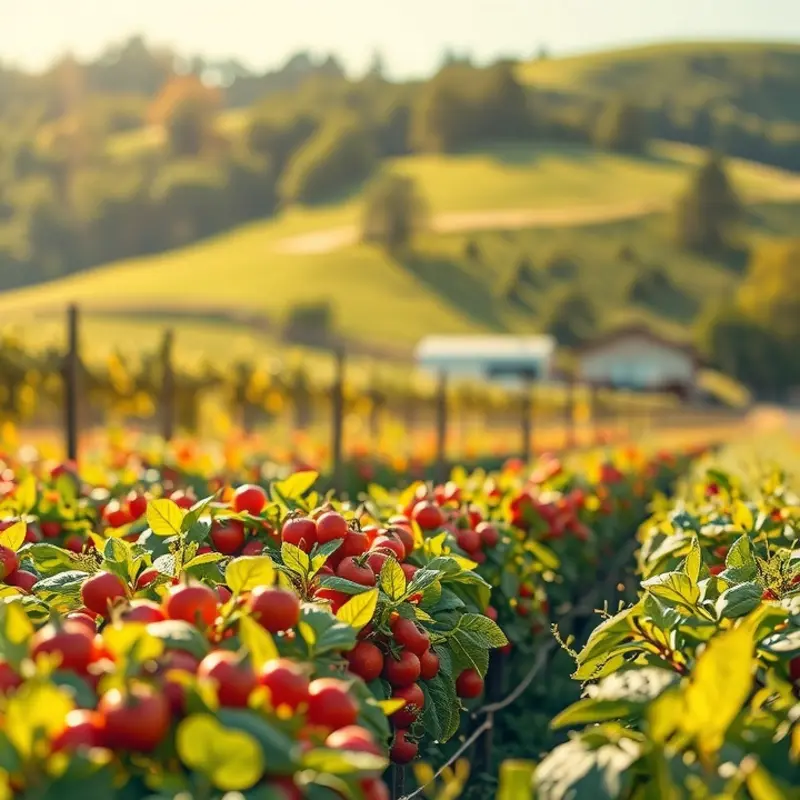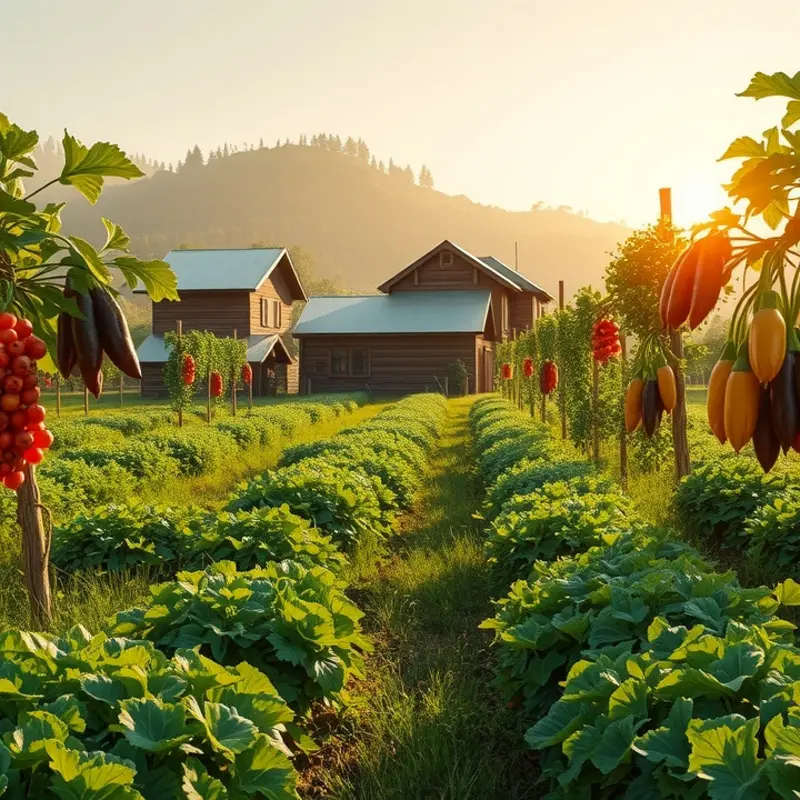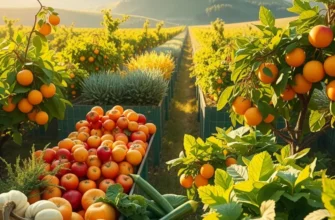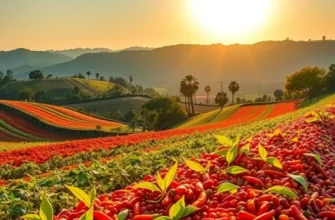Fermentation, an age-old culinary practice, transcends borders and brings together diverse traditions. From the tangy zest of Korean kimchi to the creamy richness of European cheese, fermentation is a transformative process that enriches flavors, preserves food, and connects us to our cultural roots. Delve into the fascinating world of fermentation as we explore its global traditions, vibrant regional specialties, and the stories that accompany each unique culinary creation.
The Essence of Fermented Staples

Fermentation is a storied art, steeped in tradition and rich with flavors that tell tales of a region’s history and palate. In many cultures across the globe, certain fermented foods hold a special place. They are not only staples but often the embodiment of culinary heritage and nutritional ingenuity.
Consider miso, a pivotal ingredient in Japanese cuisine. This fermented soybean paste is a result of mixing soybeans with salt and koji, a mold cultivated on rice or barley. The fermentation process is akin to magic—yielding a product that is savory, deep, and complex in flavor. Miso is not just a seasoning; it contributes umami depth to soups, dressings, and marinades. Throughout history, miso has been valued not only for its taste but also for its nutrient content, including beneficial bacteria that support gut health.
Indonesia shares its own fermented pride with tempeh. Unlike miso, which is smooth, tempeh retains the form of the soybeans from which it is made. A starter culture is added to soybeans, and the mixture is left to ferment. The result is a firm, dense cake that can be sliced, marinated, and cooked in various ways. Tempeh is celebrated for its high protein content and its fermentative process, which makes the soybeans more digestible while enhancing the beans’ mineral absorption.
Traveling to Europe, sauerkraut is a classic German staple that showcases the simplicity and brilliance of fermentation. This is created by finely shredding cabbage and then fermenting it with salt. The natural sugars in the cabbage are transformed by lactic acid bacteria into a tangy, crunchy delight. Historically, sauerkraut was a preservation method, but today we appreciate it for its probiotic qualities and its bold, tangy flavor.
The beauty of these staples lies not only in their unique flavors but also in their practical benefits. Fermentation serves as a preservation method, allowing communities to store nutritious foods during harsher months. This artful taste transformation is also a way to enhance umami without relying heavily on salt, as explored here.
In essence, fermented staples like miso, tempeh, and sauerkraut are more than food. They are cultural artifacts, steeped in tradition, providing nutrition and complexity that transcend long-standing culinary borders. As we savor these foods, we’re reminded of their storied past and their enduring presence on our tables. Such is the art of fermentation—harmonizing preservation, taste, and health in every flavorful bite.
Fermentation Celebrated: Cultural Festivals and Traditions

Around the world, fermentation is not just a method of preserving food; it is an intricate part of cultural celebrations and traditions. These festivals and gatherings are lively events where communities unite over shared tastes and heritage, highlighting regional pride and establishing deep social bonds. Whether it’s the vibrant chicha celebrations in South America or the revered sake festivals in Japan, each holds a unique story.
In the Andes of South America, chicha, a traditional fermented beverage made from maize, is central to many cultural festivities. More than a drink, chicha embodies ancestral connections and communal spirit. Villages come alive with the sound of music and dance as they thank the earth for its bounty. Harvest festivals see participants joining in rituals that date back centuries, often involving dances around large pots of bubbling chicha, sweetened with panela and flavored with spices.
Comparatively, in Japan, sake festivals, known as matsuri, present a formal yet joyful occasion. Each spring, communities gather to appreciate sake, a drink forged from fermented rice, water, and koji mold. These festivals often coincide with cherry blossom season, adding to the enchanting atmosphere. Tradition entwines with entertainment as skilled brewers showcase their craft, and tasting competitions allow visitors to immerse themselves in the rich, nuanced world of sake flavors, emphasizing the meticulous art of fermentation.
Beyond the obvious celebrations revolving around drinks, fermentation is ritually celebrated through cuisines in many regions. In Korea, kimchi holds reverence, especially during the annual Kimjang tradition. Groups of families and neighbors gather in late autumn to prepare large quantities of kimchi for the winter months. This ancient custom not only ensures the community’s food security but also encapsulates the warmth of cooperation and shared labor. Surrounded by lively chatter and laughter, participants exchange techniques and family recipes, symbolizing generational wisdom passed down.
In Ethiopia, the preparation of injera, a staple fermented flatbread, is central to numerous festivals and ceremonies. The unique tang of injera, achieved through the fermentation of teff flour, forms a communal dining experience wherein food is shared directly from a common platter. Meals served on injera at weddings or religious gatherings emphasize unity and mutual respect.
Such rich traditions underline an important aspect of fermentation—its role as a cornerstone in communal and spiritual life. These events invite outsiders to witness, and sometimes participate in, the rituals of fermentation, offering an authentic cultural dialogue. This interaction fosters understanding and appreciation as travelers and locals alike savor the intricate dance of flavors.
The intersection of food culture and community highlighted in fermentation festivals brings forth a holistic view of food’s role in society. Through this lens, food is more than sustenance; it is a bridge between generations, a symbol of unity, and an expression of identity. By delving into these festivals, one appreciates the profound connections between people and their culinary traditions. To further explore how global cuisines are influenced by shared culinary practices, visit Culinary Influences through Trade.
Final words
The diverse traditions of fermentation not only enrich our palates but also reflect the deep connections between food, culture, and community. From hearty staples that have nourished generations to vibrant festivals celebrating the craft, fermentation serves as a testament to the cultures that embrace it. Engaging with these practices invites us to appreciate the nuances of flavor while respecting the artisans behind each creation. As modern culinary practices continue to evolve, exploring these global traditions ensures that the art of fermentation remains alive, vibrant, and relevant.








